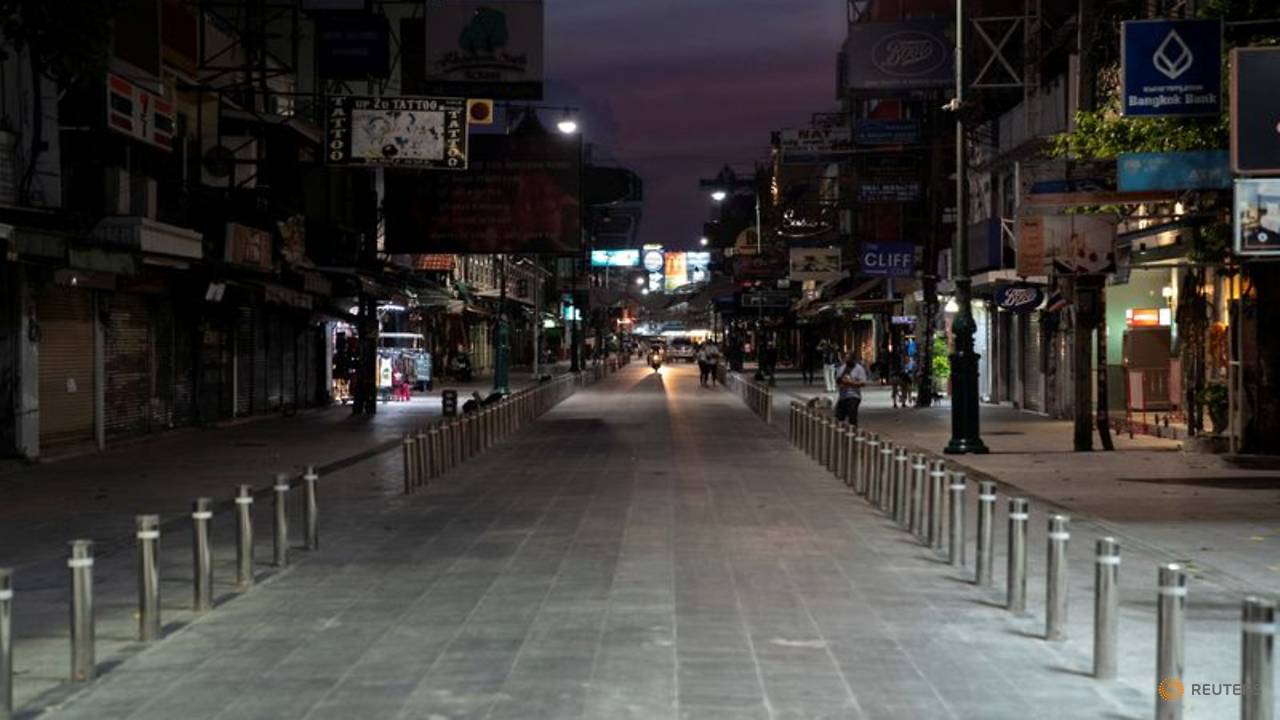NEW DELHI: The Centre on Wednesday set the ball rolling for a limited resumption of economic activity outside Covid-19 containment zones, particularly in industrial zones and rural areas, while prescribing strict workplace norms and permits that businesses need to follow to commence operations from April 20.
Though instructions have been issued under the Disaster Management Act, Union home secretary A K Bhallas order to states and Union territories makes it clear that the “additional activities” will be “operationalised” by state and local authorities “based on strict compliance of existing guidelines on lockdown measures”. The extended lockdown is to be reviewed to allow areas where hotspots have been contained or have been prevented from emerging after a week on April 20.
The restarting of MNREGA and the relatively lower degree of curbs in rural areas (largely unaffected or with low incidence of Covid-19) are intended to get the rural economy moving again, said a ministry of home affairs spokesperson. The norms set out for SEZs and industrial centres are a move to experiment with conditional reopening and may well become more permanent features in the future.
The resumption of these activities will be subject to adherence to social distancing norms at workplaces, including mandatory wearing of masks by all workers, regular sanitisation of common surfaces, and staggered work-shifts with even limits on people attending a meeting or getting into a lift, the home ministry said. No mass transport, even inter-district, is allowed. The lockdown is tougher in containment areas.
As is already the case, farming activities and procurement is permitted and the movement of cargo and supply chains relating to essential items like medicines, groceries and milk are permitted as are kirana shops and a range of utility persons.
More on Covid-19
Non-adherence to the norms come with strict penalties, including action under the Indian Penal Code and the Disaster Management Act with senior company officials as well as government officers facing the rap. For government officers, the example of a violation is significant: Failure to enforce an order banning a religious procession will be dereliction of duty, indicating the Centre's low tolerance for any breach of social distancing and communal disharmony.
The guidelines allow a large chunk of manufacturing in factories located in special economic zones, industrial estates and outside municipal limits, while also letting IT units and BPOs operate at half capacity. Companies have been asked to provide transport to workers, and accommodation in certain areas, and also ensure that the workplace, lifts, cafeterias and buses are not crowded and are sanitised.
It's time to mask up and stay safe: Join TOI's #MaskIndia campaign
The move to open businesses in several pockets of the country was hinted at by Prime Minister Narendra Modi on Tuesday, where he had made it clear that only "safe zones" will be the so-called green corridors for economic activity.
In these areas, the idea is to ensure livelihood to the poor, who depend onRead More – Source
NEW DELHI: The Centre on Wednesday set the ball rolling for a limited resumption of economic activity outside Covid-19 containment zones, particularly in industrial zones and rural areas, while prescribing strict workplace norms and permits that businesses need to follow to commence operations from April 20.
Though instructions have been issued under the Disaster Management Act, Union home secretary A K Bhallas order to states and Union territories makes it clear that the “additional activities” will be “operationalised” by state and local authorities “based on strict compliance of existing guidelines on lockdown measures”. The extended lockdown is to be reviewed to allow areas where hotspots have been contained or have been prevented from emerging after a week on April 20.
The restarting of MNREGA and the relatively lower degree of curbs in rural areas (largely unaffected or with low incidence of Covid-19) are intended to get the rural economy moving again, said a ministry of home affairs spokesperson. The norms set out for SEZs and industrial centres are a move to experiment with conditional reopening and may well become more permanent features in the future.
The resumption of these activities will be subject to adherence to social distancing norms at workplaces, including mandatory wearing of masks by all workers, regular sanitisation of common surfaces, and staggered work-shifts with even limits on people attending a meeting or getting into a lift, the home ministry said. No mass transport, even inter-district, is allowed. The lockdown is tougher in containment areas.
As is already the case, farming activities and procurement is permitted and the movement of cargo and supply chains relating to essential items like medicines, groceries and milk are permitted as are kirana shops and a range of utility persons.
More on Covid-19
Non-adherence to the norms come with strict penalties, including action under the Indian Penal Code and the Disaster Management Act with senior company officials as well as government officers facing the rap. For government officers, the example of a violation is significant: Failure to enforce an order banning a religious procession will be dereliction of duty, indicating the Centre's low tolerance for any breach of social distancing and communal disharmony.
The guidelines allow a large chunk of manufacturing in factories located in special economic zones, industrial estates and outside municipal limits, while also letting IT units and BPOs operate at half capacity. Companies have been asked to provide transport to workers, and accommodation in certain areas, and also ensure that the workplace, lifts, cafeterias and buses are not crowded and are sanitised.
It's time to mask up and stay safe: Join TOI's #MaskIndia campaign
The move to open businesses in several pockets of the country was hinted at by Prime Minister Narendra Modi on Tuesday, where he had made it clear that only "safe zones" will be the so-called green corridors for economic activity.
In these areas, the idea is to ensure livelihood to the poor, who depend onRead More – Source










